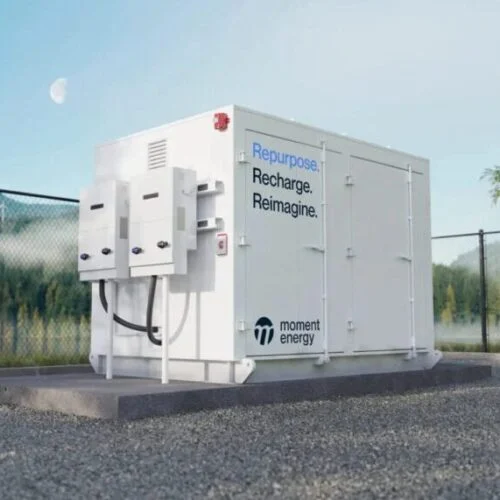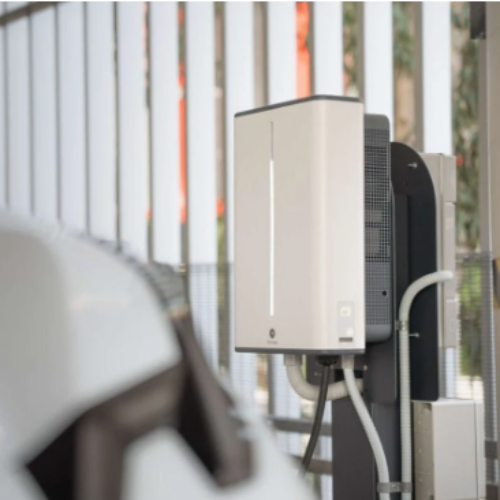The Green Finance Institute (GFI) has launched a new report that outlines the ways in which the UK’s schools can secure the necessary funds to decarbonise.
The Financing Decarbonisation of Schools Report notes that there is currently a £16.3 billion investment gap that must be closed in order to decarbonise the UK’s 32,149 schools.
State education facilities are responsible for as much as 37% of the public sector’s greenhouse gas emissions; as such, the Department for Education (DfE) has set a target to reduce emissions from schools by 75% by the year 2037.
The GFI calls the estimated £16.3 billion of work that needs to be done to decarbonise the education sector using public finances “unrealistic in the context of current school funding”, while acknowledging that schools currently face significant regulatory barriers which limit their ability to obtain privately financed decarbonisation upgrades.
Currently, the National Wealth Fund (NWF) is unable to lend directly to schools to support them with upfront costs for low-carbon technologies, while borrowing policy restrictions and high due diligence costs when obatianting capital limit the flow of private funds into school decarbonisation projects.
As such, the GFI is recommending that the government bring in a number of policy clarifications and adaptations to ensure that private finance institutions are able to invest in the decarbonisation efforts of the nation’s education sector. Included in this is a recommendation to create standardised funding plans, including layouts for power purchase agreements (PPAs), while also exploring options that will lower the cost of due diligence in order to allow private organisations and community energy groups to deliver decarbonisation works for schools.
Furthermore, it is being suggested that retrofit technologies, primarily those guaranteed to deliver energy cost savings such as solar panel installations, be added to the list of assets that are exempt from the DfE’s schools borrowing policy, noting that the energy savings generated from such technologies bring confidence in an institution’s ability to repay a loan.
Another recommendation from the GFI surrounds the creation of a Schools Green Transition Fund (SGTF), to be delivered through the NWF. The GFI states that this would leverage the strengths of both government school funding grants and private low-cost capital. The GFI estimates that if the government were to install solar panels across the school estate, the SGTF would generate a surplus of over £1 billion by 2035 and over £2 billion by 2045 – finance that could be used to fund other retrofit measures in schools.
While the GFI’s report has highlighted a significant investment gap for school decarbonisation and the increased effort needed by the government to close this, it is worth noting that some significant moves have been made to direct more public funds to school decarbonisation. As reported by our sister site Solar Power Portal, the first major project of state energy company Great British Energy will see £200 million invested into rooftop solar installations for schools and NHS hospitals, with around £80 million of this funding allocated to fund solar installations on around 200 schools across England.
Other public finance measures that are specifically targeting schools include the Public Sector Decarbonisation Scheme, which recently allocated £630 million of funding to support energy efficiency and decarbonisation upgrades for public sector buildings, including schools.
Kitty Byrne, senior associate at the Green Finance Institute, said that investment into decarbonisation measures for schools represents “an investment into our children’s future”, adding: “By unlocking investment into the energy efficiency of our school estates across the country, we can make significant strides toward achieving our net-zero targets, cut energy costs for the public sector, and provide a greenprint for wider public sector decarbonisation.”
The report only covers the 24,453 maintained schools and academies, funded by local authorities and the government respectively, and not the estimated 9% of British schools which are independent, fee-paying institutions due to the latter’s ability to self-govern and obtain independent finance.






